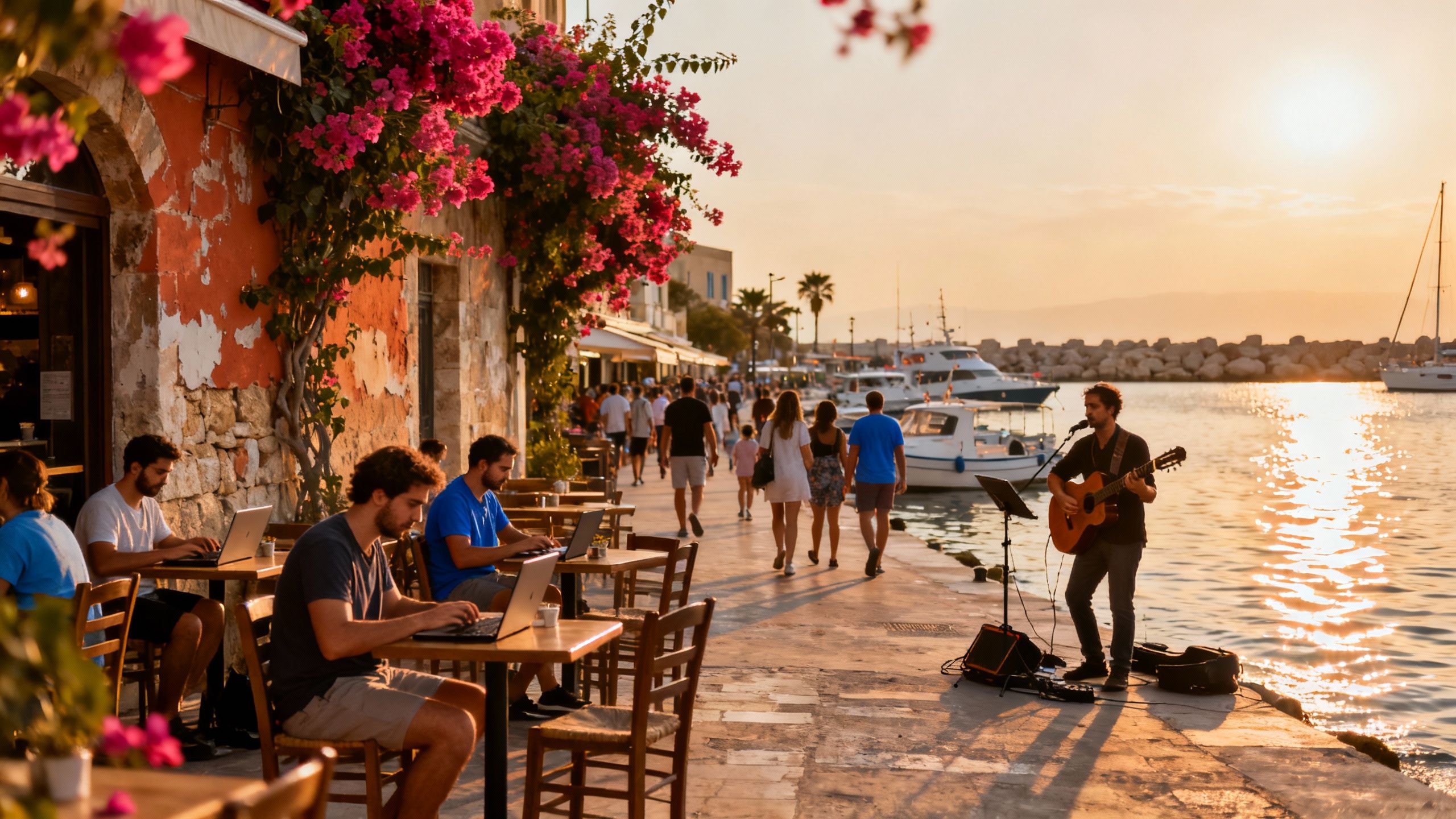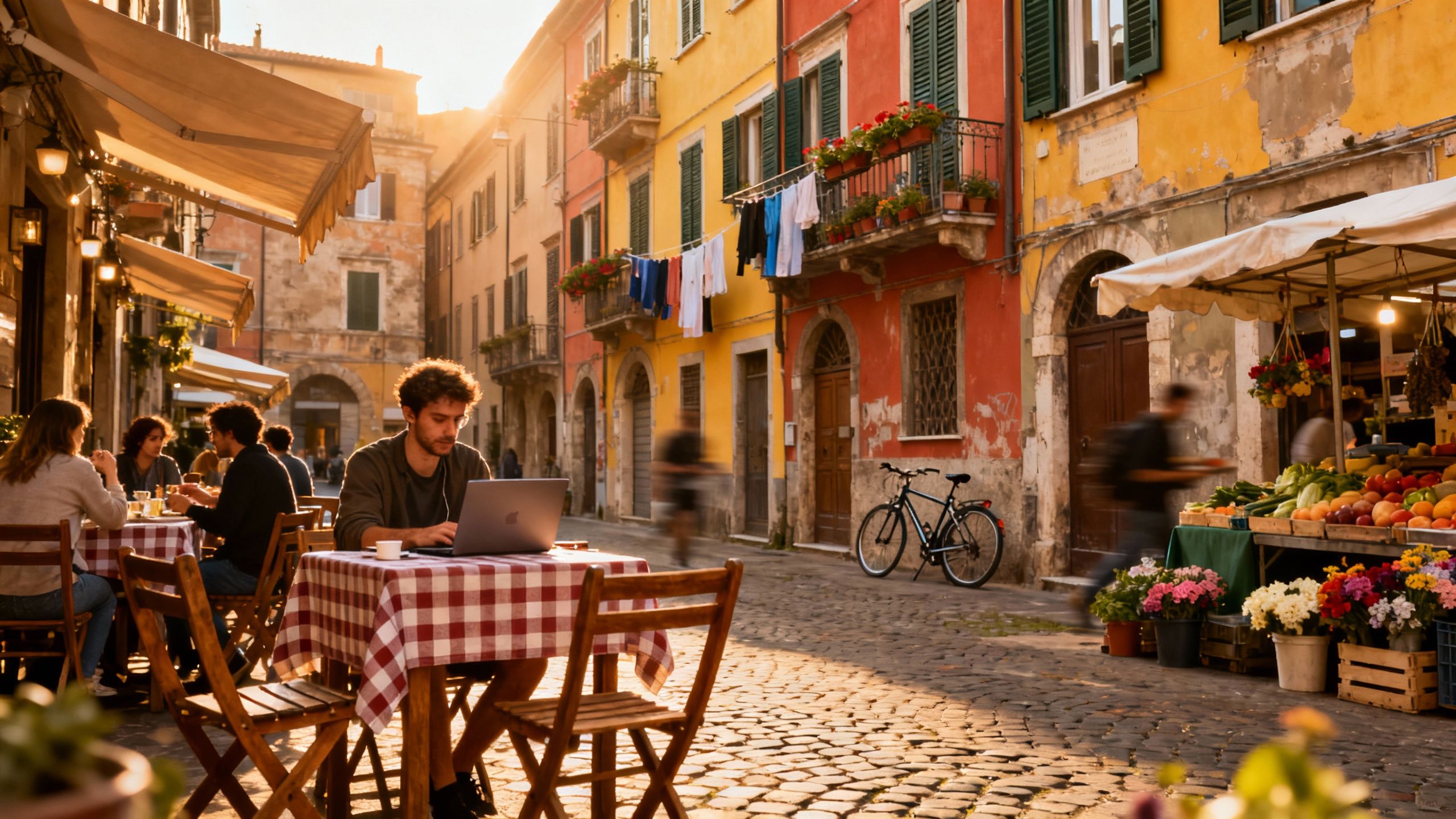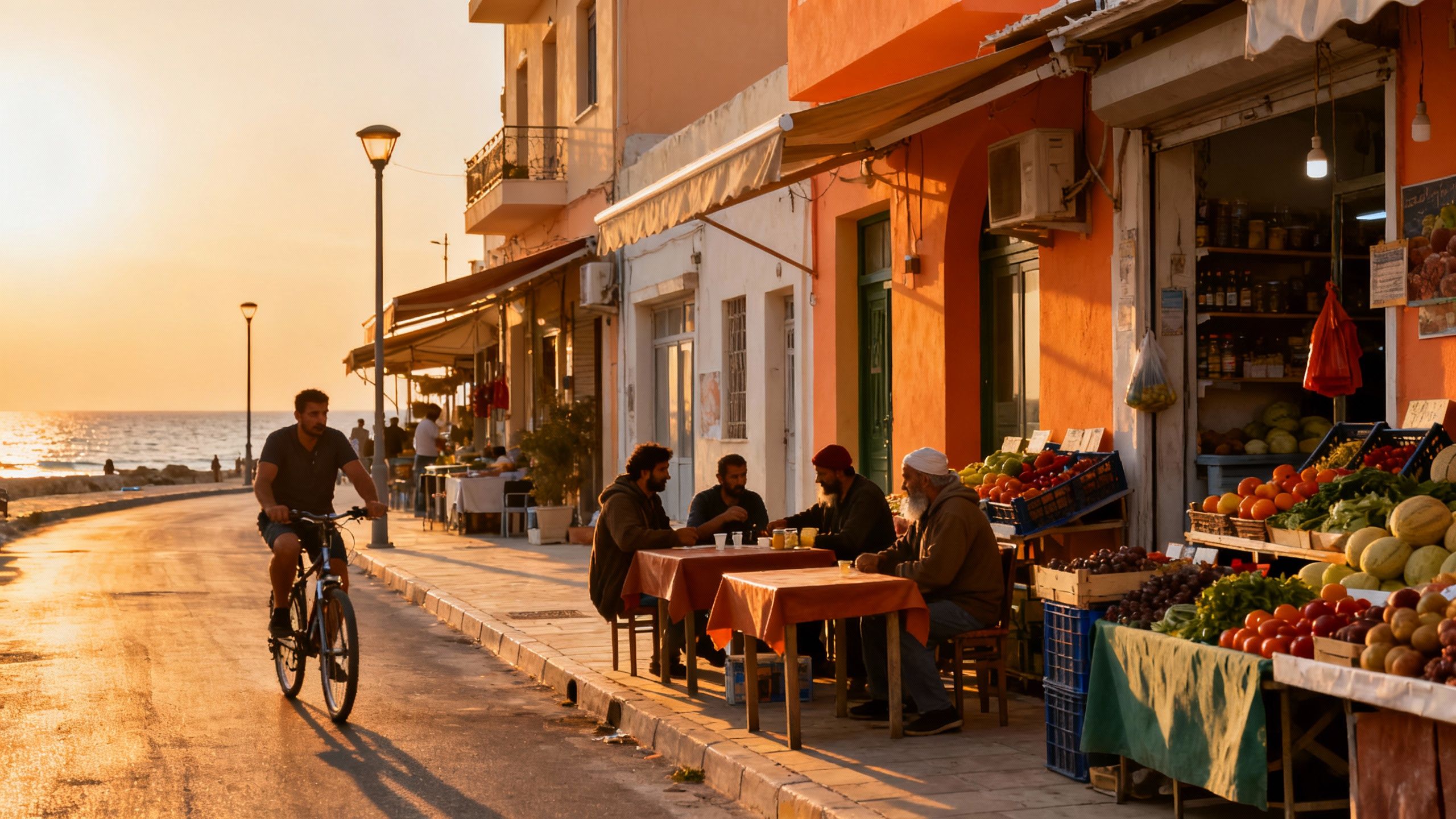Buying in Croatia: Budget Smarter, Live Like a Local
Fall in love with coastal mornings in Croatia—then budget like a local: factor in renovation, seasonal running costs, and new rental/tax rules that change the math.
Imagine sipping espresso on Split’s Riva at 9am, then logging on to a coworking desk with a sea view by 10. That’s the nomad fantasy Croatia sells—and it’s real enough to live. But the budgets that make that life possible aren’t just purchase price; they’re a bundle of seasonal costs, short‑term rental politics, and local taxes you’ll feel every month.
Living the Croatian lifestyle
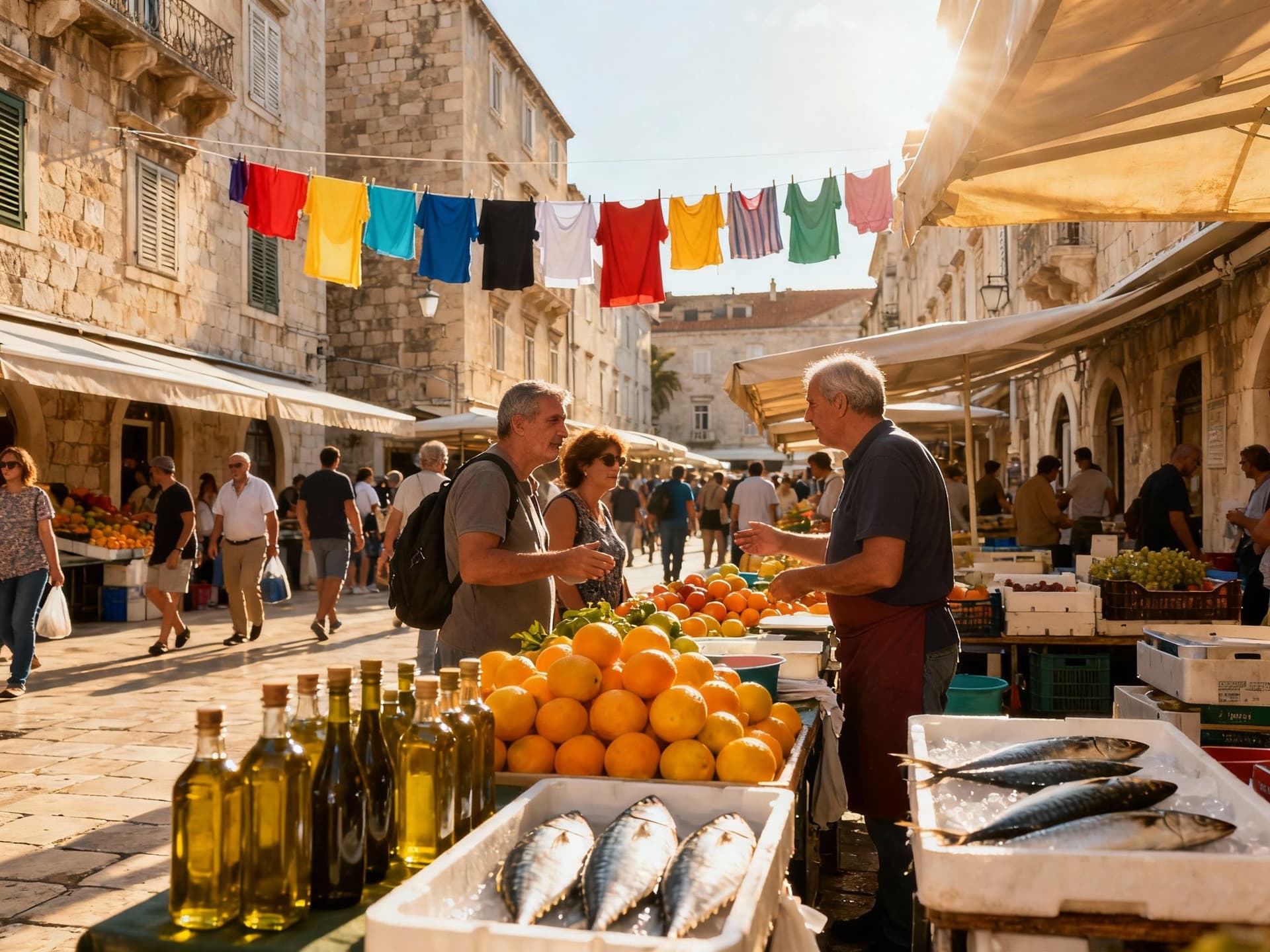
Croatia’s rhythm is coastal lunches, late-night konobas, and markets that close mid‑afternoon for a slow walk home. Cities vary wildly: Zagreb hums with café coworking and year‑round culture, Split blends ancient streets with beach afternoons on Bačvice, while islands like Hvar and Vis trade bustle for calm. The point: your property choice shapes everyday life more than a line in a spreadsheet.
Split & Varoš: Work, espresso, sea
Walk Varoš’ stone lanes at sunset and you’ll know why people buy here: tiny cafés, a tight local community, and 10‑minute access to coworking hubs. Apartments with south-facing terraces are common and great for remote workdays that end in a swim. Be mindful: the charming old‑stone blocks often need renovation, so budget beyond the advertised price for wiring and insulation.
Zagreb: Year-round life and steady services
Zagreb offers consistent internet, bigger coworking scenes (think HUB385 and Impact Hub), reliable healthcare, and neighborhoods that feel lived‑in all winter. If you crave an urban base where you can work without seasonal disruption, Zagreb’s neighborhoods like Lower Town and Maksimir offer quieter returns on budget and convenience.
Making the move: practical considerations
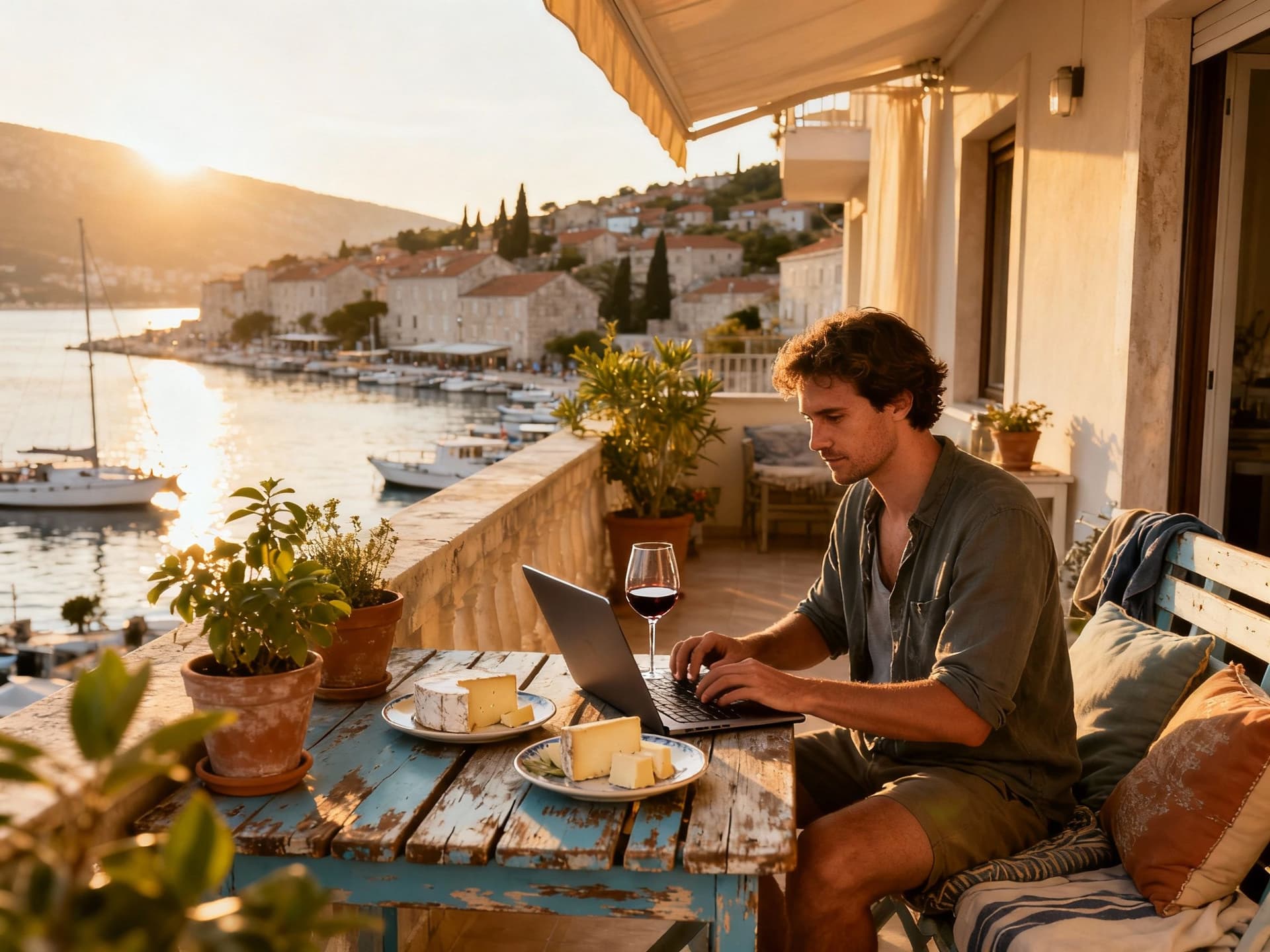
Dreams meet reality in the budgeting line items you didn’t expect: property taxes, renovation, long‑term utility costs, and shifting local rules on short‑term lets. Recent national moves to curb tourist-only rentals and change property taxation mean your rental yield assumptions and holding costs need a fresh look before you sign. Treat the advertised price like step one—not your final number.
Property types and real living costs
Stone townhouses, new-build apartments, and countryside stone villas all offer very different monthly realities. A restored Dalmatian stone house looks dreamy, but expect thicker walls, higher heating or cooling quirks, and heritage permissions. New builds are pricier up front but often cut monthly bills and renovation headaches—factor both into your total budget, especially if you’re planning to work remotely from home.
How local experts turn lifestyle into numbers
A savvy local agent will translate your wish-list—beach access, terrace workspace, fast internet—into actual costs: connection upgrades, permit fees, and seasonal utility spikes. They also help model how new rules on short‑term rentals or property taxes might cut into income projections. Use them as your lifestyle translator, not just a show‑home escort.
- Lifestyle-rooted budgeting checklist: • Estimate renovation and wiring costs for older properties • Add 6–12 months of running costs (utilities, tax, insurance) • Account for property‑tax changes and potential short‑term rental restrictions • Price in coworking membership or home‑office setup • Reserve funds for seasonal property management if you’ll travel
Insider knowledge: expat truths and red flags
Real expats will tell you: the coolest neighborhood isn’t always the smartest buy. Popular tourist streets bring summer magic—and winter silence. If you crave community, look for streets where locals buy groceries, children play, and year‑round cafés operate. That’s where life feels lived, and your long‑term budget stays predictable.
Cultural fit: language, neighbors, and daily life
Croatians cherish community rituals—market day bargaining, konoba dinners, and slow Sunday brunches. Learning a few phrases and respecting schedules (many shops close midday) goes a long way to becoming part of that rhythm. For budgeting, local integration often lowers costs: friendly tradespeople, trusted cleaners, and neighborhood recommendations save both time and money.
Long-term lifestyle costs and where they hide
Hidden long-term costs include: seasonal electricity spikes in summer A/C bills, insurance for sea‑side properties, and management fees if you’re buying to split time between countries. Also watch for pending legislation that shifts tax burdens onto property owners—new rules introduced in 2024–2025 aim to discourage short‑term tourist listings and could change your yield math. Build a conservative 15–20% buffer into annual expense forecasts.
- 6 practical budgeting steps for Croatia 1. Start with a lifestyle map: zone (coast/island/city), daily routines, and must‑haves. 2. Add purchase price, local property transfer fees, and a 10–20% renovation contingency. 3. Estimate annual running costs (utilities, insurance, municipal taxes) and add them to mortgage/rent projections. 4. Factor in regulatory risk: short‑term rental rules and property tax changes. 5. Get quotes from a local agent, not just listing prices—ask for recent comparable yearly total costs. 6. Keep a 6‑12 month cash reserve for unexpected repairs and seasonal vacancies.
Conclusion: fall in love—then budget like a local
Croatia hands you a life of sea-scented mornings and sunset dinners, but the smartest buyers pair that romance with a disciplined budget. Use local agents to convert vibe into numbers, build buffers for seasonal costs and pending tax changes, and prioritise property features that support day-to‑day work and community. Ready to get specific? Start with a neighbourhood walk, note the daily rhythms, then run the six-step budget above with a local expert.
Norwegian who has helped 200+ families relocate from Oslo to Spain; expert in relocation services and community integration.
